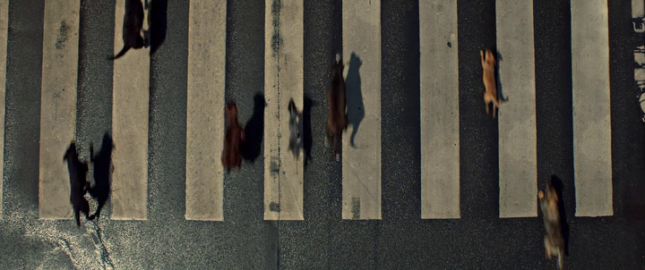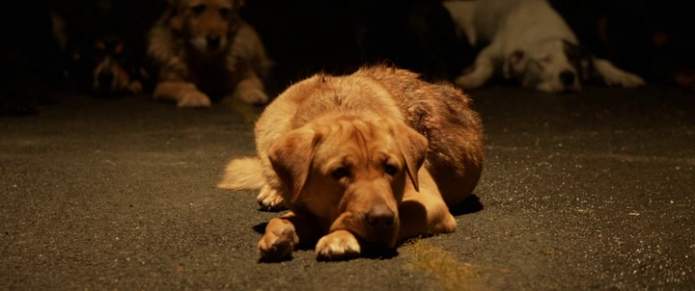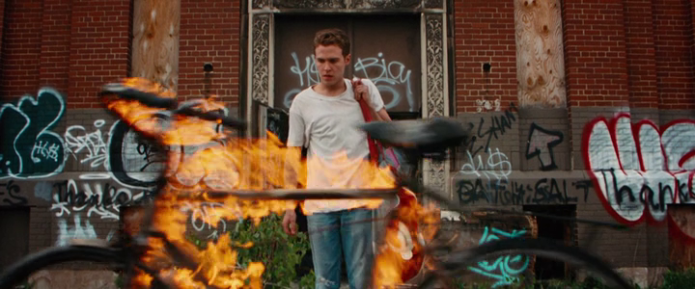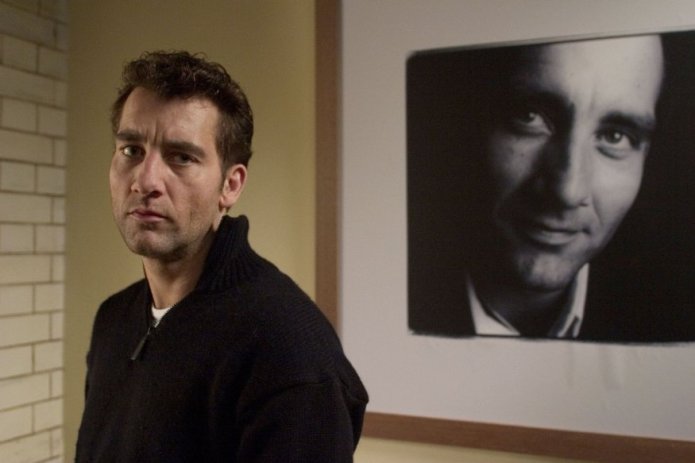Storytelling comes in many forms. From songs, paintings, cinema, literature, each of these mediums allows the creative exploration of our senses to convey moods, values and experiences. In its purest form, the creator of these stories imprints a part of him or herself on the artefact created, consciously or not. It is not uncommon, however, that we face certain artefacts that deviate into a more technical approach. I am not referring to purely aesthetic exercises, since these also possess the ethics underlying their creation. Instead, I mean approaches relying on certain “building blocks” that define standard experiences. In cinema, for instance, it is quite easy to identify infinite variations on the same formula, with similar scripts, scenarios and character types. At a certain point, it seems to become a combination of existing materials. Even aesthetics depart from its artistic (and I promise this is the only and last reference to this vague term here today) goal and fall into matters of decorating the assembled piece.
Videogames seem to be a medium born out of such an engineering process. Starting with minimal tools (from ASCII and pure text) and subject to vertiginous technical advancements in past few decades, many, or most, games are strictly exercises on using the right templates, adequate colour palettes, familiar interactive mechanics, and the bare levels of something resembling a script, stitching interactive sections together. They often feel like assemblies more than coherent artefacts originating from a authorial intent. And yet, they possess an ability to explore and enhance the interactive dimension of storytelling that, while not completely absent from other mediums, has the potential to engage an audience through different means. Maybe one day I can write more comprehensively regarding this subject (much to the cringing, I suspect, of some friends of mine). But today I want to talk about a particular piece that, flawed as it may be, managed to distinguish itself from my usual experience with videogames.
Continue reading →








